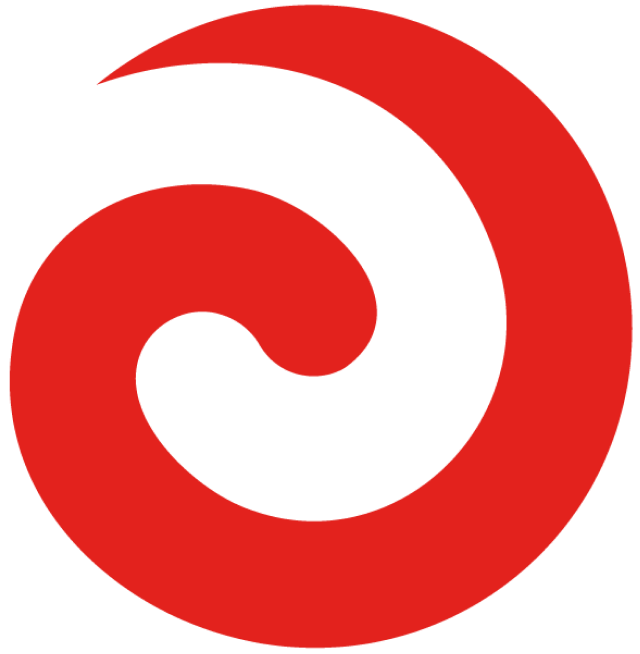During the recent erosion protection work on the Kapiti Coast, almost 1700 fish - including threatened species - were rescued in Te Awa Waikanae, overseen by the Waikanae ki Uta ki Tai partnership.
It saw nine piharau (lamprey), relocated by Ātiawa ki Whakarongotai kaitiaki, while helping with fish rescue in the river estuary.
During the Stantec-led fish rescue, 13 species were released both upstream and downstream of the river work, including the longfin eel, the torrent fish, and the giant bully.
Te Ātiawa ki Whakarongotai kaumātua Les Mullen has watched the daily work reshaping a gravel island that was causing erosion in the reserve.
“To see piharau shows the health of the awa is improving, and that work to stop erosion can be done safely to protect mahinga kai and taonga species.
“Now the work in the reserve is complete, the awa is doing its own recontouring - shaping pockets where fishermen will soon wait for īnanga (whitebait) and trout to run.”
DOC operations manager Angus Hulme-Moir said pheromone samplers installed by mana whenua in February detected juvenile piharau in the awa.
“It was very cool to see this threatened fish in the flesh, and that Ātiawa kaitiaki could reconnect with a taonga species.
“Hats off to the rangatahi (young people) who helped with this work.”
The work in the reserve was in collaboration among Greater Wellington, Waikanae ki Uta ki Tai, Ātiawa ki Whakarongotai, DOC, the regional council and the Kāpiti Coast District Council (KCDC).
Kapiti Coast District Mayor Janet Holborow called the volume of healthy fish found, including piharau, a positive sign.
“This find is particularly pleasing for the Waikanae ki Uta ki Tai group. Our collaboration over the past few years has gone from strength to strength, and now we’re beginning to see our collective action reflected in the improving health of this precious taonga,” she said.
Waikanae ki Uta ki Tai partners are also restoring Te Awa Waikanae’s fish habitats through native planting.
On Saturday, 16 August, whānau can take part in the Waikanae Awa Community Planting Day between 10 am and 2 pm at the corner of Makora and Otaihanga roads in Otaihanga.


